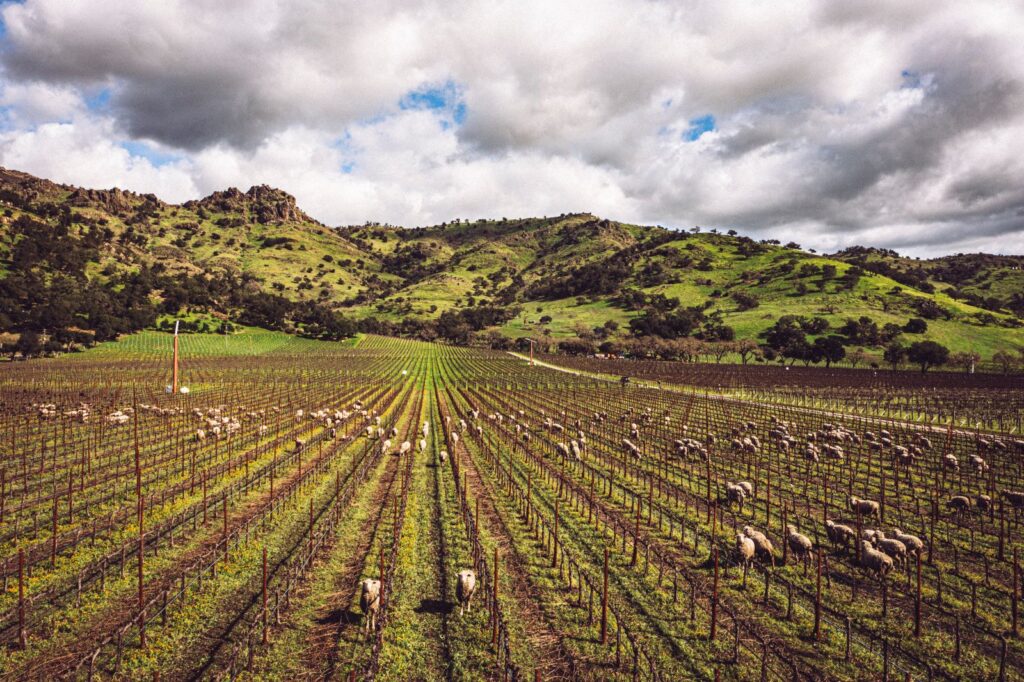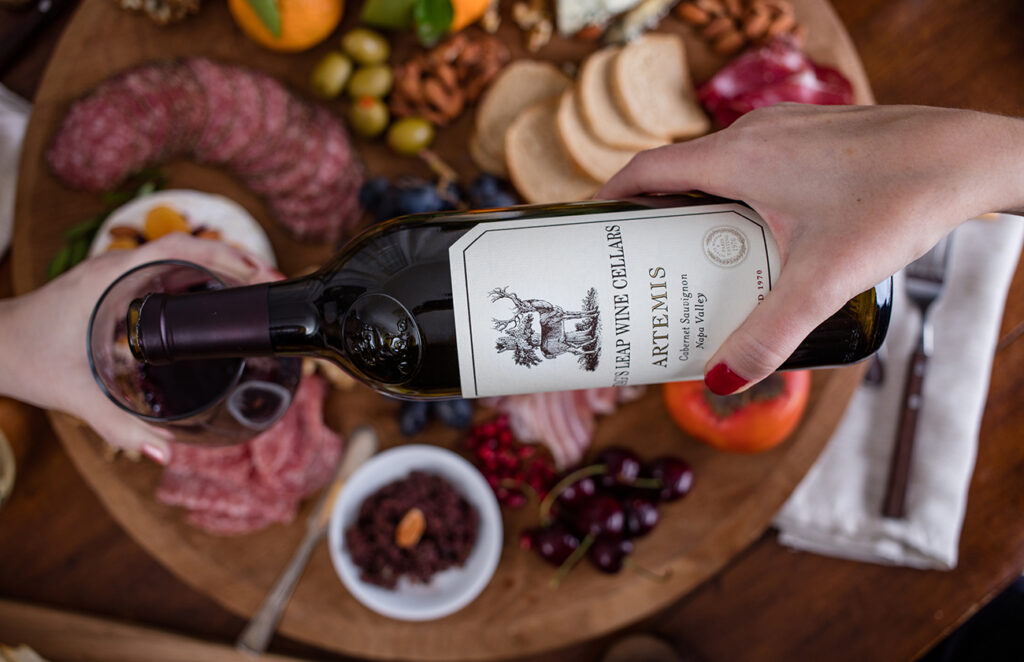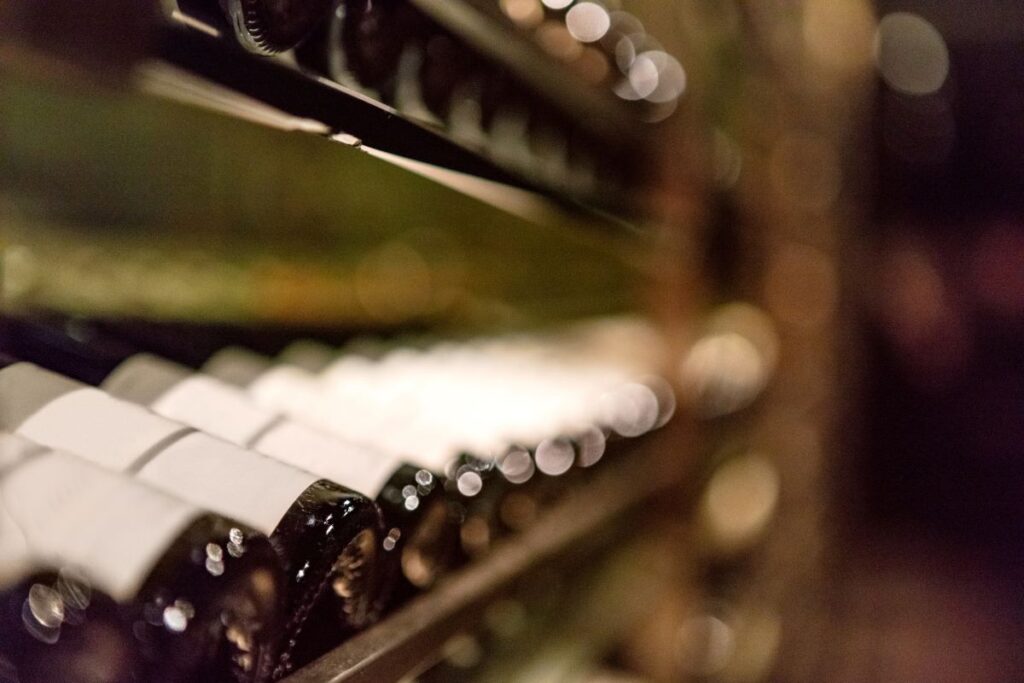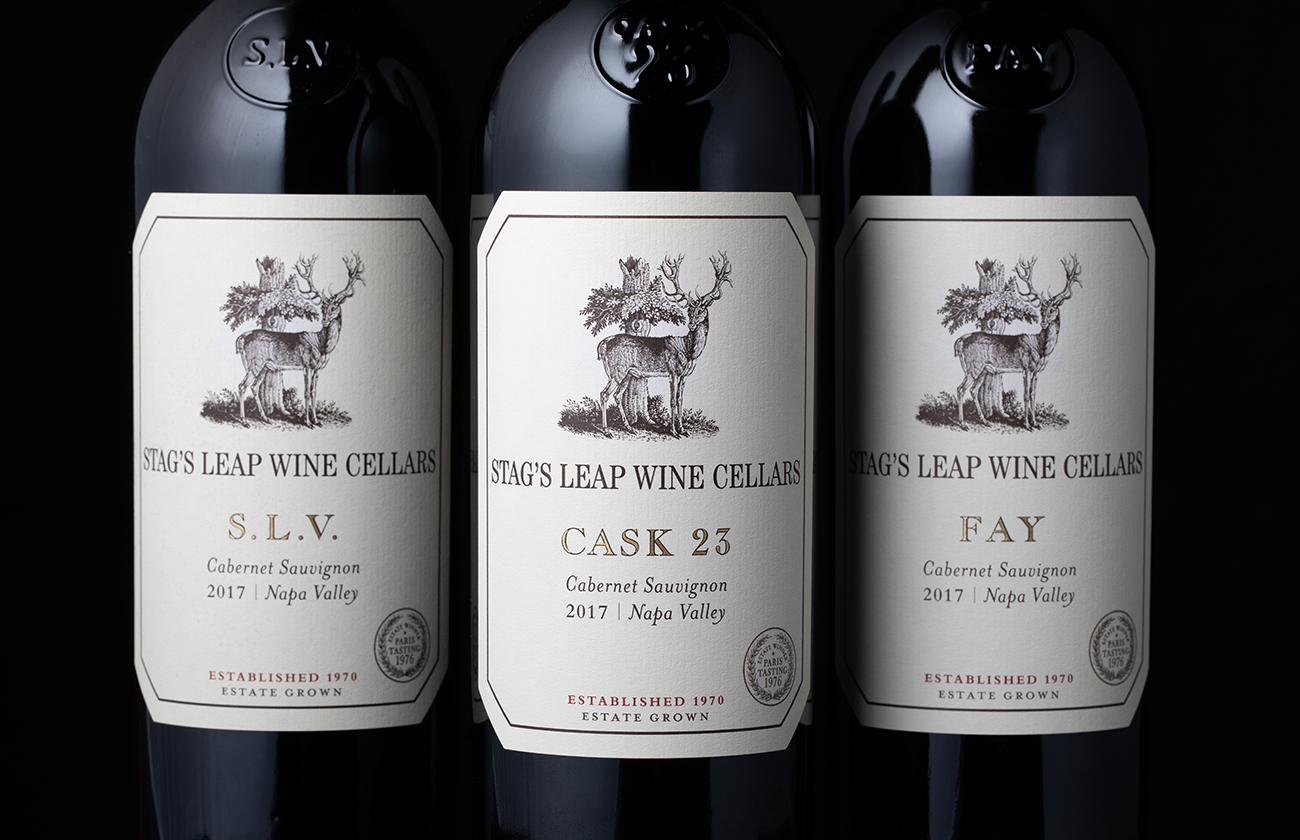
To select high-end Cabernet Sauvignons for a personal wine collection, one must first learn the art of tasting wine and understand the components of wine to know how they contribute to the quality and aging potential of a given bottle.
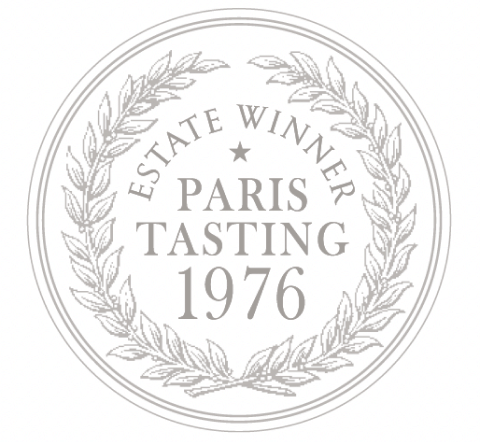
Aromas are the first indicator of the quality and aging potential of any Cabernet Sauvignon. The bouquet should be full of youthful, primary, and secondary aromas in a newer-vintage wine. Primary aromas are fruit and floral notes and are an expression of the grape varietal. Secondary aromas come from the winemaking process and barrel influence, such as fermentation, cooperage choice, barrel toast and new oak, and time spent aging in barrel. Secondary aromas show vanilla, toasty, and spice-filled scents from oak aging.
Young-vintage wines should not be showing tertiary aromas, which are the aromas that come from slow oxidation and bottle aging. If a newer-vintage wine shows tertiary aromas, the wine has already begun its oxidation process at a more rapid pace —it will not age well for more time. While this is rare, it does happen. Tertiary aromas are most commonly dried fruit, earthy, and umami-like scents.
Primary, secondary, and tertiary aromas also exist on the palate and express themselves similarly. Primary flavors in Cabernet Sauvignon show off ripe red and black fruit and floral flavors such as lavender or eucalyptus, and the most common secondary flavors are vanilla, baking spices, and toasty notes from oak aging; secondary characteristics introduced by fermentation and barrel aging express silky textures, softness of acidity, and tannin grip.
When looking for a high-end bottle of Cabernet Sauvignon, look for ripe fruit and spice-filled flavor profiles—the ripe fruit indicates phenolic ripeness in the grape upon harvesting and means it has the quality level to age slowly and in excellent condition, carefully giving way to those tertiary notes with many years of age.
Look for noticeable secondary flavors like vanilla, toasty oak, and tannin grip. The gripping tannin keeps Cabernet Sauvignon youthful and adds complexity and structure; as the wine bottle ages, the tannins start to soften, and the wine “opens” more. Gripping tannins indicates that the wine needs many years to unfold, meaning it can withstand many years in the cellar.
Tertiary aromas and flavors should not present themselves in a younger wine; if they do, the wine is aging too quickly and is not a good candidate for a wine collection and cellar aging.
The alcohol percentage is also a good indicator of Cabernet Sauvignon’s aging potential. Because Cabernet Sauvignon is a thicker-skinned grape variety, it takes longer to ripen the grapes on the vine—this creates a higher alcohol level and ripeness of fruit—also known as phenolic ripeness. These characteristics indicate higher quality and enough alcohol to hold its own in the cellar. The thicker skins also impart tannins in Cabernet Sauvignon (tannins come from two places: the grape skins and the barrel aging process), which further assist with cellar aging capability.
Finally, one of the most important factors to consider is likability. If all of the desirable characteristics for selecting a high-end, cellar-worthy Cabernet Sauvignon exist, ensure you enjoy the wine because waiting years to uncork a long-awaited bottle should be well worth it when the time comes.


